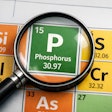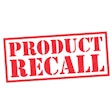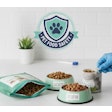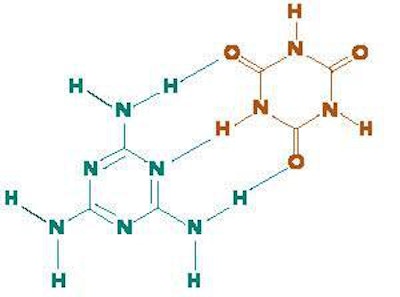
Why baffled?
Why was the entire petfood industry baffled by the inclusion of melamine and related compounds in petfood ingredients? The Chinese have reportedly been adding melamine to plant protein products for several years. Who should have checked up on these Chinese suppliers?
Henderson : At the recent Global Food Safety & Quality Conference, Dr. David Acheson, assistant secretary for food protection at the US Food and Drug Administration (FDA), said, "Melamine was an out-of-the box risk FDA had not thought about. There was not even a definitive analysis measure for melamine." We at Menu were also unaware of any reports that melamine or related compounds were suspected as a component to the vegetable proteins used by the human or petfood industries. Since the incident, Menu no longer sources vegetable proteins from China, and we test all vegetable proteins for melamine.
It is wrong to characterize the melamine and related compounds (MARC) recall as a failure of supplier quality programs. It was the result of a fraudulent act by Chinese suppliers that no one could have anticipated.
Mars' intentions
Given Mars recent tendency to purchase companies recovering from a major setback, has Mars shown interest in purchasing Menu?
Henderson : On August 9, 2007, Menu announced that we entered into agreements to release Mars from certain contractual obligations to purchase product from Menu and to sell Mars our production facility in North Sioux City, South Dakota, USA. We believe this is in the best interests of our company and our unit holders. Going forward, we will meet our expected customer demand through our three remaining facilities. Menu will receive a total of US$26.3 million under the terms of these transactions, which will be used to reduce indebtedness with secured lenders. The release is effective immediately, and the plant sale is expected to close about October 1, 2007.
Supplier relationships
How has the recall changed your relationships with your suppliers?
Henderson : We are part of a global economic environment where it is common to source suppliers worldwide. Manufacturers all have to heighten our awareness to ensure we work with the best suppliers available. Menu has made changes in our own processes and we suspect that many other companies and industries are doing the same.
The entire industry was affected by the fraudulent acts of the Chinese wheat gluten suppliers. The globalization of the animal and human food supply systems is a fact. But this trend in globalization brings new challenges, requires new safeguards, the resources to implement them and a new determination to strengthen our controls. Such an initiative demands industry-wide cooperation and action.
I can tell you that Menu Foods no longer sources plant proteins from China and we are actively looking at new US and European suppliers for other ingredients that have been traditionally provided by Chinese suppliers.
Most surprising
What surprised you the most about this entire ordeal?
Henderson : The fraud by the Chinese suppliers was a surprise to the entire industry. No one in this industry suspected melamine. It just hasn't ever happened before and none of the industry standard tests, which we all used, could have detected it. To our knowledge, no petfood or human food manufacturer had ever tested wheat gluten for melamine prior to this.
As pet owners ourselves, it was difficult. We were very saddened by the events. It is a complex story. The MARC recall affected as many as 11 petfood manufacturers and is a watershed moment in the petfood industry.
Media assessment
What's your opinion of the media's handling of the situation?
Henderson : From the moment we announced the first recall, media coverage has been extensive and for a time it seemed almost constant. While there were more than a few instances of erroneous reporting, the fact remains that the coverage did facilitate the publication of all brands affected. This helped pet owners identify and return contaminated products listed in the recall. So that was good.
Essential communication
From a communications perspective, what are the most important things to do in a situation like the recall crisis?
Henderson : We work to get as much useful information to our customers as quickly as possible. Our direct sales force is made up of industry veterans who understand the importance of trust between customer and supplier. With the support of our technical staff, they worked with our customers to understand and implement the recall and then to explain in detail to our customers and potential customers our quality assurance efforts. We are dedicated to getting the word out that we are producing products with industry-leading quality.



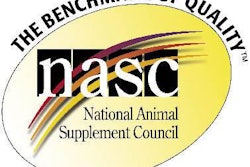
.png?auto=format%2Ccompress&fit=crop&h=167&q=70&w=250)


